A READERS DIGEST BOOK Copyright 2012 Readers Digest All rights reserved. Unauthorized reproduction, in any manner, is prohibited. Readers Digest is a registered trademark of The Readers Digest Association, Inc. Illustrations by Andrew Pinder READERS DIGEST TRADE PUBLISHING U.S. Project Editor: Rebecca Behan Manager, English Book Editorial, Readers Digest Canada: Pamela Johnson Project Production Coordinator: Nick Anderson Senior Art Director: George McKeon Executive Editor, Trade Publishing: Dolores York Associate Publisher, Trade Publishing: Rosanne McManus President and Publisher, Trade Publishing: Harold Clarke Library of Congress Cataloging in Publication Data Randol, Susan.
I before e (except after c) : easy, cool ways to remember facts / Susan Randol.
p. cm.
A Readers Digest Book.
Includes bibliographical references and index.
ISBN 9781606523827
1.
Mnemonics--Juvenile literature. I. Title.
BF385.R26 2012
153.14--dc23
2011026579 Readers Digest is committed to both the quality of our products and the service we provide to our customers. We value your comments, so please feel free to contact us: The Readers Digest Association, Inc. Adult Trade Publishing 44 S. Broadway White Plains, NY 10601 For more Readers Digest products and information, visit our website: www.rd.com (in the United States) www.readersdigest.ca (in Canada) For Diana and Ellen Contents
START HERE! Think about all the stuff you have to remember every day.
You have to remember to feed your pets, take your lunch to school, write down homework assignments, bring textbooks home for studying, practice your instrument, and more and more and more. But this list of things to remember doesnt even begin to include all the information you have to remember for tests and quizzes and papers. What to do? Start with this book! Its filled with tricks that help you remember all the stuff you need to know. These trickscalled mnemonics (ditch the m when you pronounce the word)are like sticky notes for your brain. You can use them to remember how many days are in the month of March, the names of the planets, the difference between longitude and latitude, the correct spelling of attendance (or is it spelled attendence?), the seven wonders of the ancient world, the three types of angles in geometry, the different sections found in an orchestra, and so much more. Acronyms These are words formed from the first letter (or letters) of a series of words, like USA (United States of America), radar (Radio Detection And Ranging), and NASA (National Aeronautics and Space Administration). Acronyms These are words formed from the first letter (or letters) of a series of words, like USA (United States of America), radar (Radio Detection And Ranging), and NASA (National Aeronautics and Space Administration).
Acronyms help you remember short phrases easily. Acrostics The first letter of each word in an acrostic sentence is the first letter of what you need to remember. Acrostics are really helpful when you need to remember a list of items. For example, if you need to remember the names of the countries in Central America, you just need to learn this acrostic sentence: My Big Gerbil Eats His New Carrots Politely. Thats a lot easier to remember than Mexico, Belize, Guatemala, El Salvador, Honduras, Nicaragua, Costa Rica, and Panama! Rhymes Whether theyre simple poems or songs with many verses, rhymes get stuck in your headand make information easy to remember. The title of this book comes from one of the most popular mnemonic rhymes: i before e, except after c Or when sounding like a As in neighbor and weigh.
Youll also discover occasional puns and other words used playfully to help you store information in your brain. For example, youll know how to change your clock for daylight savings time if you remember spring forward, fall back. Pictures scattered throughout these pages will help you remember bits of information too. Finally, youll see two kinds of boxes: Extra Credit boxes ask you to make up your own mnemonic devices or answer quirky questions based on the mnemonics youve just learned, and the boxes called Too Cool for School give you fun facts and amazing information you can use to impress your family and friends. So check out these fun, clever, and often silly ways to memorize the tons of stuff you have to remember every day. You may surprise your parents and teachersand even yourselfwith what you learn! DAYS AND NIGHTS 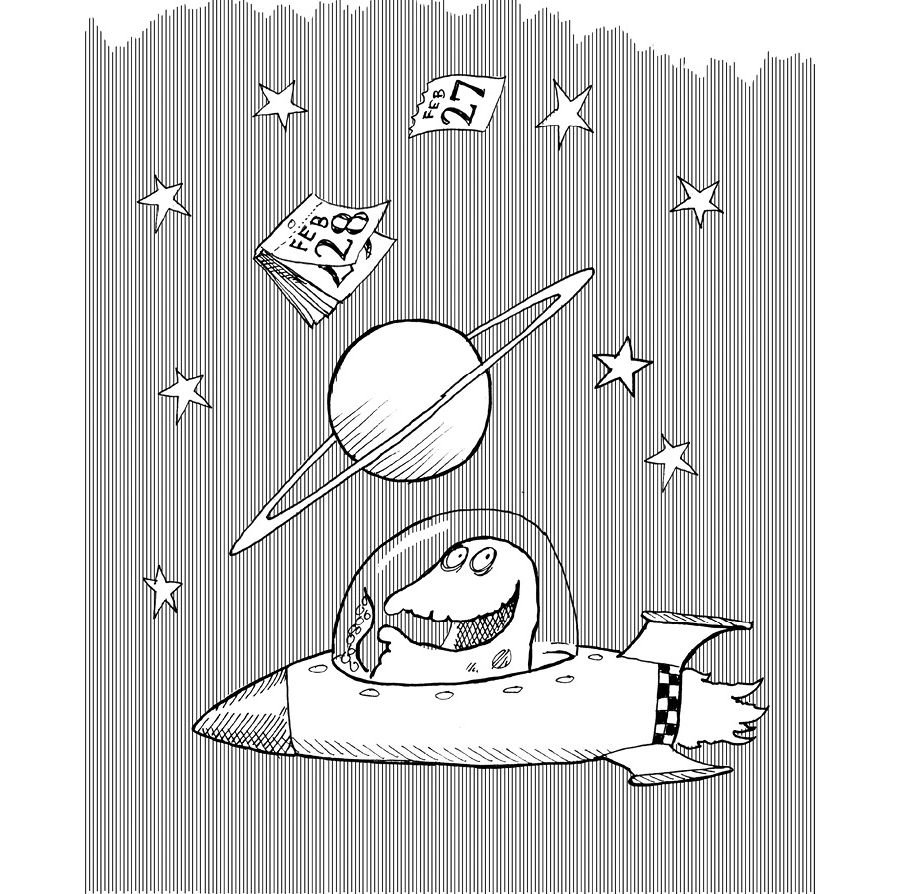 Thirty days hath September... CLOCKS AND CALENDARS Have you ever heard someone say, Time marches on? You might get a funny picture in your head of a clock with legs, or you might think about how seasons change or about how the same time can be different in two places.
Thirty days hath September... CLOCKS AND CALENDARS Have you ever heard someone say, Time marches on? You might get a funny picture in your head of a clock with legs, or you might think about how seasons change or about how the same time can be different in two places.
Theres a lot to learn about timeand a lot to remember. So kick that walking clock out of your head, and make room for some fun time-related mnemonics. 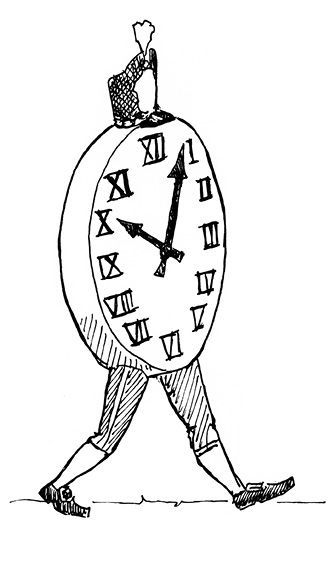 What a Quirky Calendar! You learned the days of the week and the months of the year a long, long time ago. If you try really hard, you can probably recite them backward! But some parts of the calendar arent so easy to learn and are even harder to remember. Quick: how many days does March have? If you dont know, you can use a version of this classic rhyme to help you. The first version is the easiest (and silliest, since the last two lines dont even rhyme!).
What a Quirky Calendar! You learned the days of the week and the months of the year a long, long time ago. If you try really hard, you can probably recite them backward! But some parts of the calendar arent so easy to learn and are even harder to remember. Quick: how many days does March have? If you dont know, you can use a version of this classic rhyme to help you. The first version is the easiest (and silliest, since the last two lines dont even rhyme!).
Thirty days hath September, April, June, and November; All the rest have thirty-one Except for February, which has twenty-eight. Then there are variations on that classic poem: Thirty days hath September, April, June, and November; All the rest have thirty-one Excepting February alone. And if you want to include leap yearswhen a day is added to February every four yearsjust add these two lines to your poem: And that has twenty-eight days clear, With twenty-nine in each leap year. Or just try out this entire poem: Thirty days hath September, April, June, and November; All the rest have thirty-one Except February, my dear son. It has twenty-eight and that is fine, But in leap year it has twenty-nine.




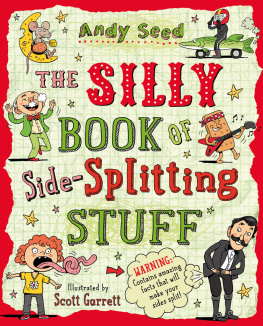

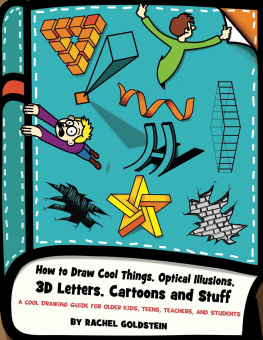

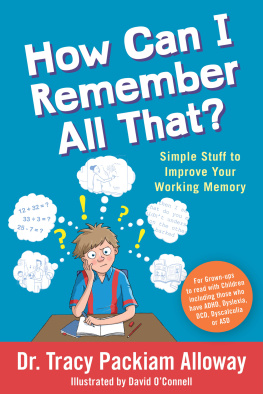

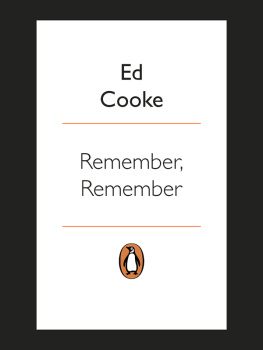

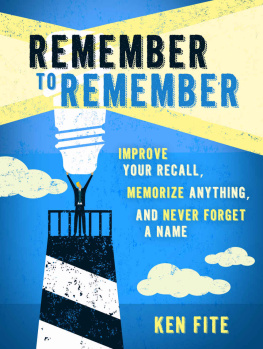

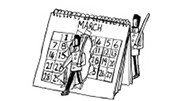

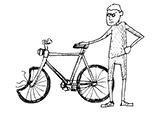
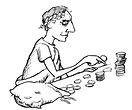
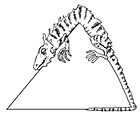

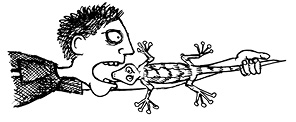

 Thirty days hath September... CLOCKS AND CALENDARS Have you ever heard someone say, Time marches on? You might get a funny picture in your head of a clock with legs, or you might think about how seasons change or about how the same time can be different in two places.
Thirty days hath September... CLOCKS AND CALENDARS Have you ever heard someone say, Time marches on? You might get a funny picture in your head of a clock with legs, or you might think about how seasons change or about how the same time can be different in two places. What a Quirky Calendar! You learned the days of the week and the months of the year a long, long time ago. If you try really hard, you can probably recite them backward! But some parts of the calendar arent so easy to learn and are even harder to remember. Quick: how many days does March have? If you dont know, you can use a version of this classic rhyme to help you. The first version is the easiest (and silliest, since the last two lines dont even rhyme!).
What a Quirky Calendar! You learned the days of the week and the months of the year a long, long time ago. If you try really hard, you can probably recite them backward! But some parts of the calendar arent so easy to learn and are even harder to remember. Quick: how many days does March have? If you dont know, you can use a version of this classic rhyme to help you. The first version is the easiest (and silliest, since the last two lines dont even rhyme!).